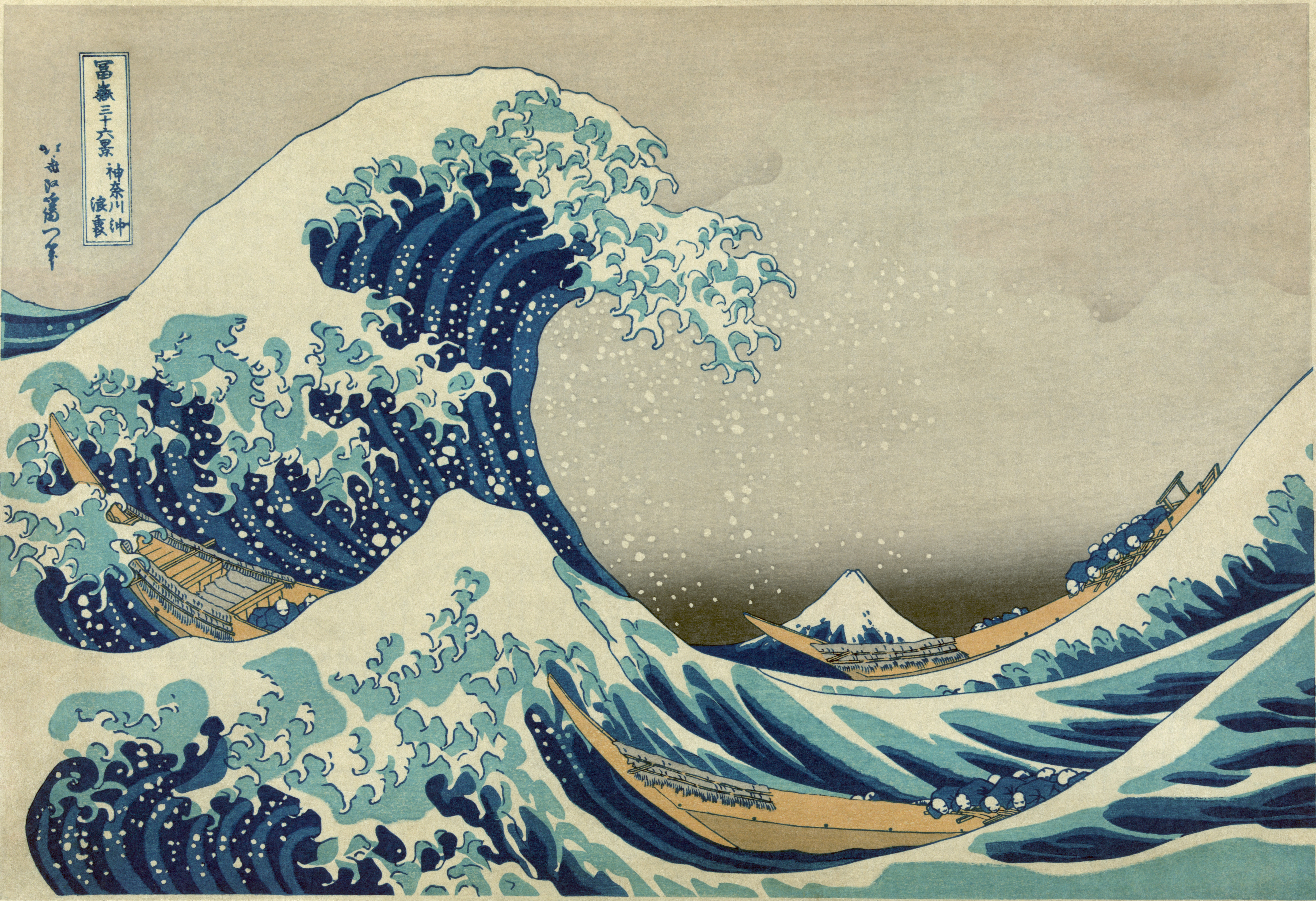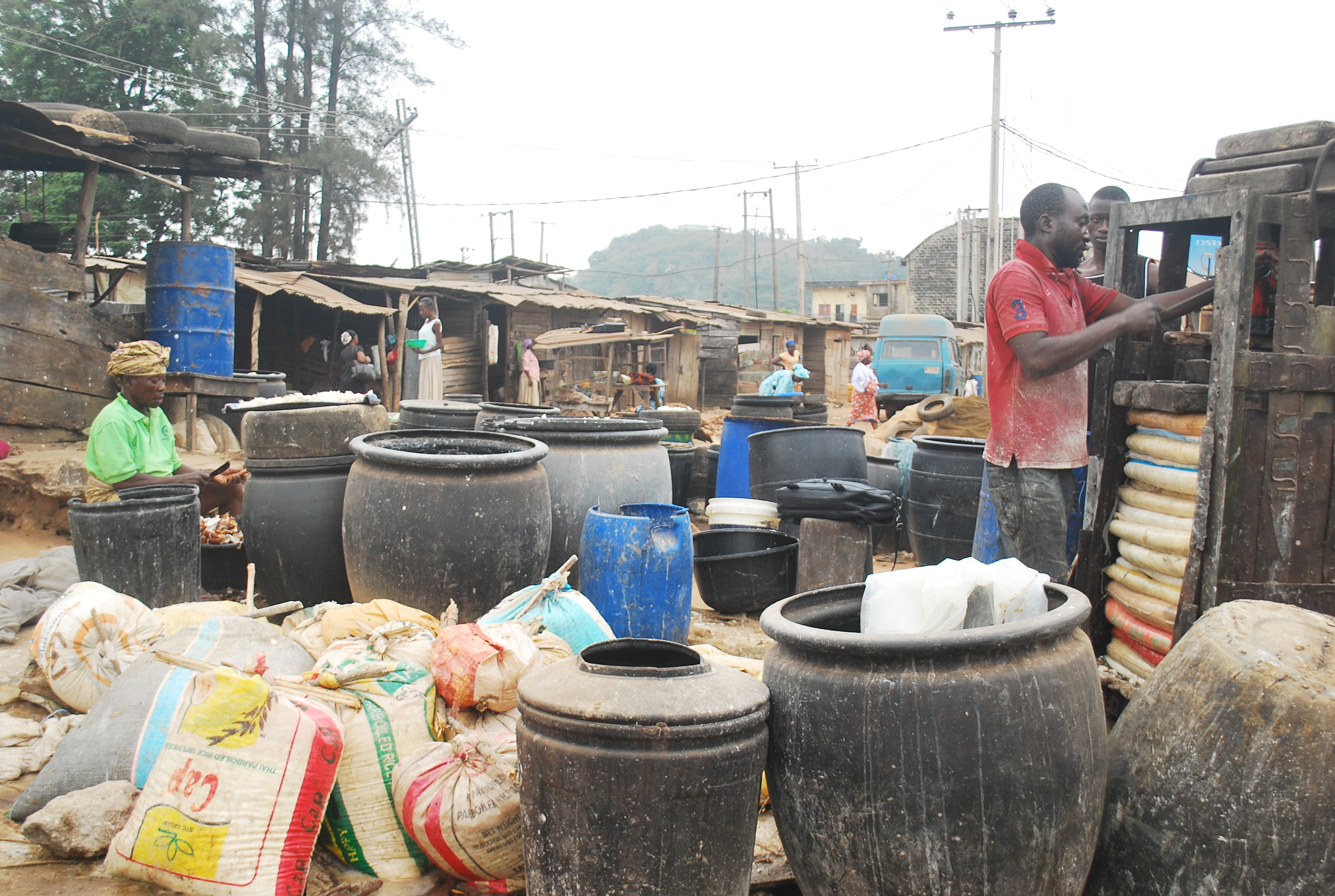|
Mixed Valence
Mixed valence complexes contain an element which is present in more than one oxidation state. Well-known mixed valence compounds include the Creutz–Taube complex, Prussian blue, and molybdenum blue. Many solids are mixed-valency including indium chalcogenides. Robin–Day classification Mixed-valence compounds are subdivided into three groups, according to the Robin–Day classification: *Class I, where the valences are trapped—localized on a single site—such as Pb3O4 and antimony tetroxide. There are distinct sites with different specific valences in the complex that cannot easily interconvert. *Class II, which are intermediate in character. There is some localization of distinct valences, but there is a low activation energy for their interconversion. Some thermal activation is required to induce electron transfer from one site to another via the bridge. These species exhibit an intense Intervalence charge transfer (IT or IVCT) band, a broad intense absorption in the ... [...More Info...] [...Related Items...] OR: [Wikipedia] [Google] [Baidu] |
Antimony Tetroxide
Antimony tetroxide is an inorganic compound An inorganic compound is typically a chemical compound that lacks carbon–hydrogen bondsthat is, a compound that is not an organic compound. The study of inorganic compounds is a subfield of chemistry known as ''inorganic chemistry''. Inorgan ... with the formula Sb2O4. This material, which exists as the mineral cervantite, is white but reversibly yellows upon heating. The material, with empirical formula SbO2, is called antimony tetroxide to signify the presence of two kinds of Sb centers. Formation and structure The material forms when Sb2O3 is heated in air:Holleman, A. F.; Wiberg, E. "Inorganic Chemistry" Academic Press: San Diego, 2001. . :Sb2O3 + 0.5 O2 → Sb2O4 ΔH = −187 kJ/mol At 800 °C, antimony(V) oxide loses oxygen to give the same material: :Sb2O5 → Sb2O4 + 0.5 O2 ΔH = −64 kJ/mol The material is mixed valence, containing both Sb(V) and Sb(III) centers. Two polymorphs are known, one orthorhombic ... [...More Info...] [...Related Items...] OR: [Wikipedia] [Google] [Baidu] |
Inner-sphere Electron Transfer
Inner sphere electron transfer (IS ET) or bonded electron transfer is a redox chemical reaction that proceeds via a covalent linkage—a strong electronic interaction—between the oxidant and the reductant reactants. In inner sphere electron transfer, a ligand bridges the two metal redox centers during the electron transfer event. Inner sphere reactions are inhibited by large ligands, which prevent the formation of the crucial bridged intermediate. Thus, inner sphere ET is rare in biological systems, where redox sites are often shielded by bulky proteins. Inner sphere ET is usually used to describe reactions involving transition metal complexes and most of this article is written from this perspective. However, redox centers can consist of organic groups rather than metal centers. The bridging ligand could be virtually any entity that can convey electrons. Typically, such a ligand has more than one lone electron pair, such that it can serve as an electron donor to both the r ... [...More Info...] [...Related Items...] OR: [Wikipedia] [Google] [Baidu] |
Pyrazine
Pyrazine is a heterocyclic aromatic organic compound with the chemical formula C4H4N2. It is a symmetrical molecule with point group D2h. Pyrazine is less basic than pyridine, pyridazine and pyrimidine. It is a ''"deliquescent crystal or wax-like solid with a pungent, sweet, corn-like, nutty odour"''. Pyrazine and a variety of alkylpyrazines are flavor and aroma compounds found in baked and roasted goods. Tetramethylpyrazine (also known as ligustrazine) is reported to scavenge superoxide anions and decrease nitric oxide production in human granulocytes. Synthesis Many methods exist for the organic synthesis of pyrazine and its derivatives. Some of these are among the oldest synthesis reactions still in use. In the Staedel–Rugheimer pyrazine synthesis (1876), 2-chloroacetophenone is reacted with ammonia to the amino ketone, then condensed and then oxidized to a pyrazine. A variation is the Gutknecht pyrazine synthesis (1879) also based on this selfcondensation, but di ... [...More Info...] [...Related Items...] OR: [Wikipedia] [Google] [Baidu] |
Turnbull's Blue
Prussian blue (also known as Berlin blue, Brandenburg blue, Parisian and Paris blue) is a dark blue pigment produced by oxidation of ferrous ferrocyanide salts. It has the chemical formula . It consists of cations, where iron is in the oxidation state of +3, and anions, where iron is in the oxidation state of +2, so, the other name of this salt is iron(III) hexacyanoferrate(II). Turnbull's blue is essentially identical chemically, excepting that it has different impurities and particle sizes—because it is made from different reagents—and thus it has a slightly different color. Prussian blue was created in the early 18th century and is the first modern synthetic pigment. It is prepared as a very fine colloidal dispersion, because the compound is not soluble in water. It contains variable amounts of other ions and its appearance depends sensitively on the size of the colloidal particles. The pigment is used in paints, it became prominent in 19th-century () Japanese wood ... [...More Info...] [...Related Items...] OR: [Wikipedia] [Google] [Baidu] |
Cyanide
In chemistry, cyanide () is an inorganic chemical compound that contains a functional group. This group, known as the cyano group, consists of a carbon atom triple-bonded to a nitrogen atom. Ionic cyanides contain the cyanide anion . This anion is extremely poisonous. Soluble cyanide salts such as sodium cyanide (NaCN), potassium cyanide (KCN) and tetraethylammonium cyanide () are highly toxic. Covalent cyanides contain the group, and are usually called nitriles if the group is linked by a single covalent bond to carbon atom. For example, in acetonitrile , the cyanide group is bonded to methyl . In tetracyanomethane , four cyano groups are bonded to carbon. Although nitriles generally do not release cyanide ions, the cyanohydrins do and are thus toxic. The cyano group may be covalently bonded to atoms different than carbon, e.g., in cyanogen azide , phosphorus tricyanide and trimethylsilyl cyanide . Hydrogen cyanide, or , is a highly volatile toxic liquid tha ... [...More Info...] [...Related Items...] OR: [Wikipedia] [Google] [Baidu] |
Intervalence Charge Transfer
192 px, The intense blue color of Prussian blue is a consequence of an intervalence charge transfer band. In chemistry, intervalence charge transfer, often abbreviated IVCT or even IT, is a type of charge-transfer band that is associated with mixed valence compounds. It is most common for systems with two metal sites differing only in oxidation state. Quite often such electron transfer reverses the oxidation states of the sites. The term is frequently extended to the case of metal-to-metal charge transfer between non-equivalent metal centres. The transition produces a characteristically intense absorption in the electromagnetic spectrum. The band is usually found in the visible or near infrared Infrared (IR; sometimes called infrared light) is electromagnetic radiation (EMR) with wavelengths longer than that of visible light but shorter than microwaves. The infrared spectral band begins with the waves that are just longer than those ... region of the spectrum and is broad ... [...More Info...] [...Related Items...] OR: [Wikipedia] [Google] [Baidu] |
Activation Energy
In the Arrhenius model of reaction rates, activation energy is the minimum amount of energy that must be available to reactants for a chemical reaction to occur. The activation energy (''E''a) of a reaction is measured in kilojoules per mole (kJ/mol) or kilocalories per mole (kcal/mol). Activation energy can be thought of as a magnitude of the potential barrier (sometimes called the energy barrier) separating minima of the potential energy surface pertaining to the initial and final thermodynamic state. For a chemical reaction to proceed at a reasonable rate, the temperature of the system should be high enough such that there exists an appreciable number of molecules with translational energy equal to or greater than the activation energy. The term "activation energy" was introduced in 1889 by the Swedish scientist Svante Arrhenius. Other uses Although less commonly used, activation energy also applies to nuclear reactions and various other physical phenomena. Temperature ... [...More Info...] [...Related Items...] OR: [Wikipedia] [Google] [Baidu] |
Red Lead
Red is the color at the long wavelength end of the visible spectrum of light, next to orange and opposite violet. It has a dominant wavelength of approximately 625–750 nanometres. It is a primary color in the RGB color model and a secondary color (made from magenta and yellow) in the CMYK color model, and is the complementary color of cyan. Reds range from the brilliant yellow-tinged scarlet and vermillion to bluish-red crimson, and vary in shade from the pale red pink to the dark red burgundy. Red pigment made from ochre was one of the first colors used in prehistoric art. The Ancient Egyptians and Mayans colored their faces red in ceremonies; Roman generals had their bodies colored red to celebrate victories. It was also an important color in China, where it was used to color early pottery and later the gates and walls of palaces. In the Renaissance, the brilliant red costumes for the nobility and wealthy were dyed with kermes and cochineal. The 19th century brought ... [...More Info...] [...Related Items...] OR: [Wikipedia] [Google] [Baidu] |
Chemical Element
A chemical element is a chemical substance whose atoms all have the same number of protons. The number of protons is called the atomic number of that element. For example, oxygen has an atomic number of 8: each oxygen atom has 8 protons in its atomic nucleus, nucleus. Atoms of the same element can have different numbers of neutrons in their nuclei, known as isotopes of the element. Two or more atoms can combine to form molecules. Some elements form Homonuclear molecule, molecules of atoms of said element only: e.g. atoms of hydrogen (H) form Diatomic molecule, diatomic molecules (H). Chemical compounds are substances made of atoms of different elements; they can have molecular or non-molecular structure. Mixtures are materials containing different chemical substances; that means (in case of molecular substances) that they contain different types of molecules. Atoms of one element can be transformed into atoms of a different element in nuclear reactions, which change an atom's at ... [...More Info...] [...Related Items...] OR: [Wikipedia] [Google] [Baidu] |
Ru2(OAc)4Cl
Ru, ru, or RU may refer to: Russia * Russia (ISO 3166-1 alpha-2 country code) * Russian language (ISO 639 alpha-2 code) * .ru, the Internet country code top-level domain for Russia China * Rù (入), the entering tone in Chinese language phonetics * Rú (儒), a Chinese language term for Confucianism * Ru (surname) (茹), a Chinese surname * Ru River (汝), in Henan, China * Ru ware, a type of Chinese pottery Educational institutions *Rajasthan University in Rajasthan, India * Radboud University Nijmegen, in Nijmegen, Netherlands * Radford University, in Virginia, USA * Rai University in Gujarat, India * Rajshahi University in Bangladesh * Rama University in India * Ramkhamhaeng University in Thailand * Rangoon University in Burma * Regis University in Colorado, USA * Reykjavík University Iceland * Rhodes University in Grahamstown, South Africa * Rockefeller University in New York, USA * Rockhurst University in Missouri, USA * Roosevelt University in Chicago, Illinois, USA * ... [...More Info...] [...Related Items...] OR: [Wikipedia] [Google] [Baidu] |



